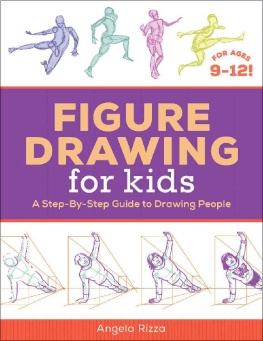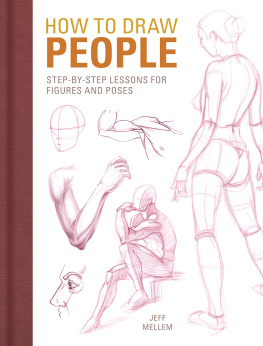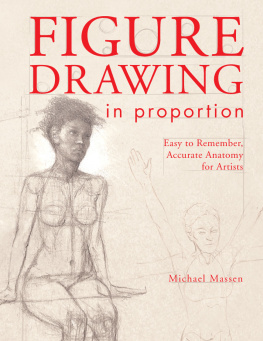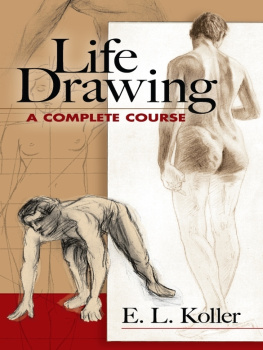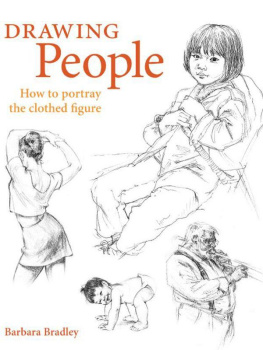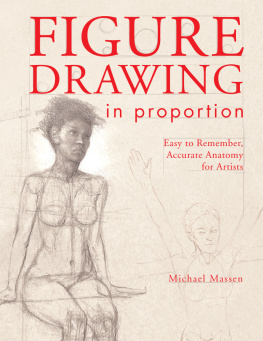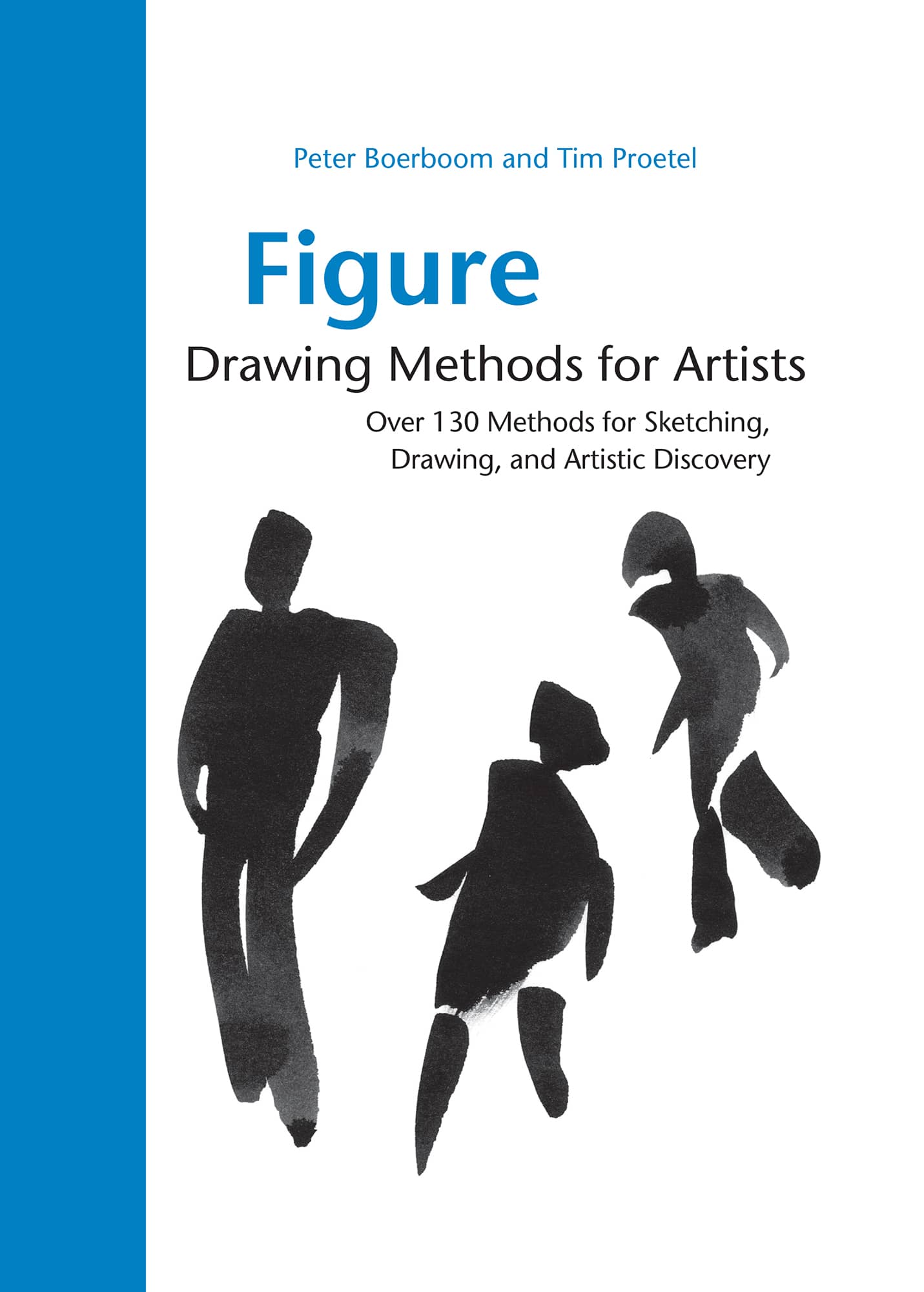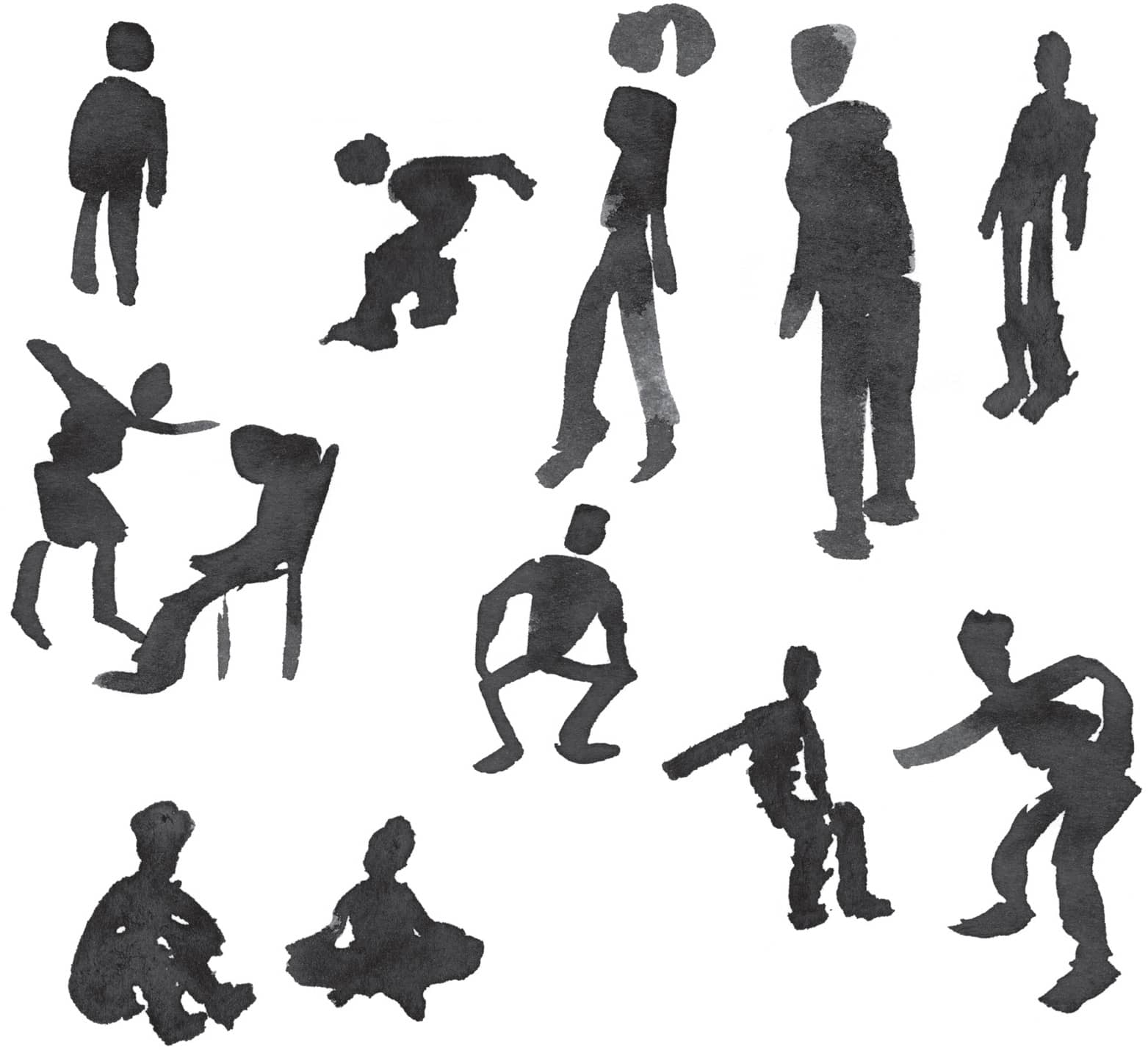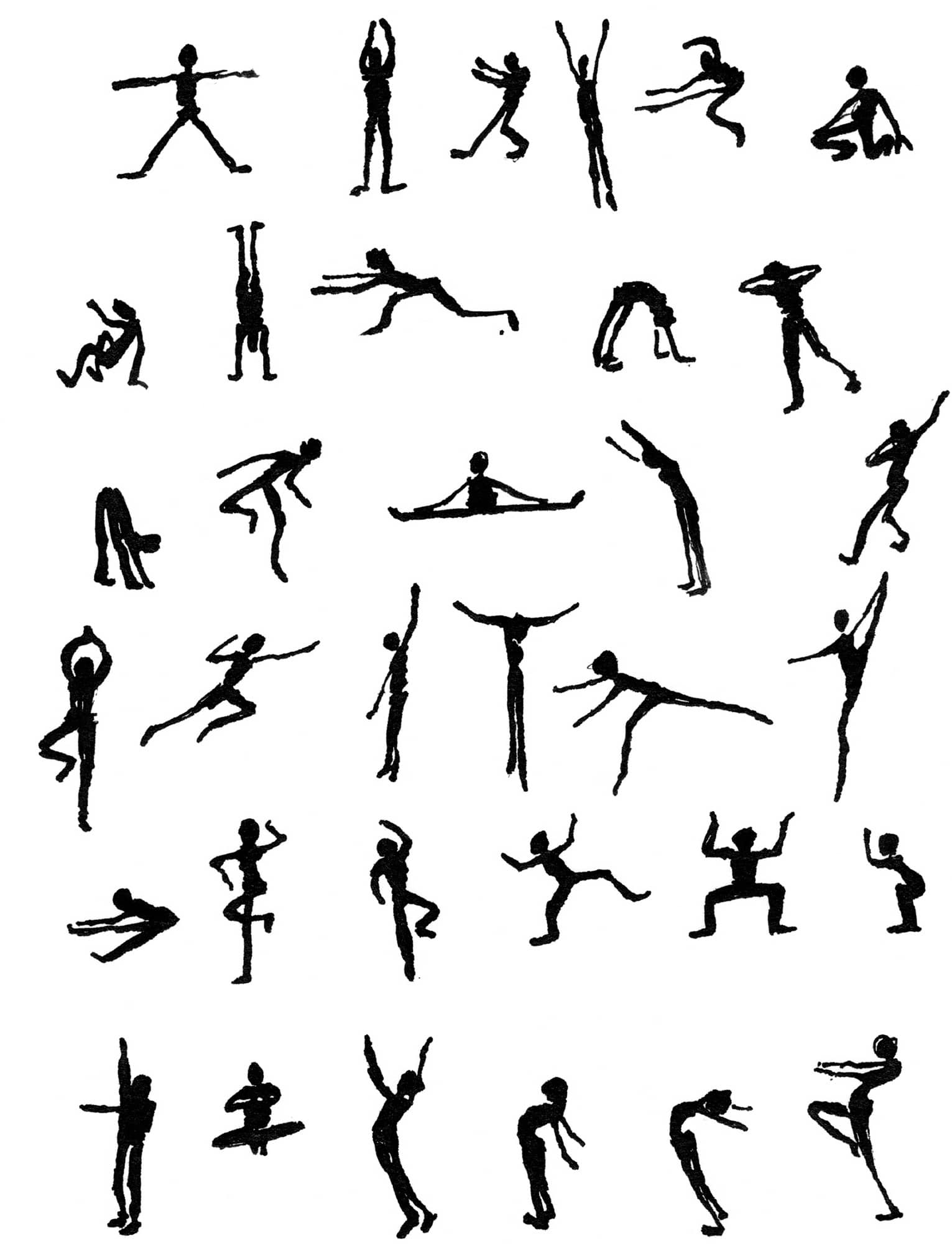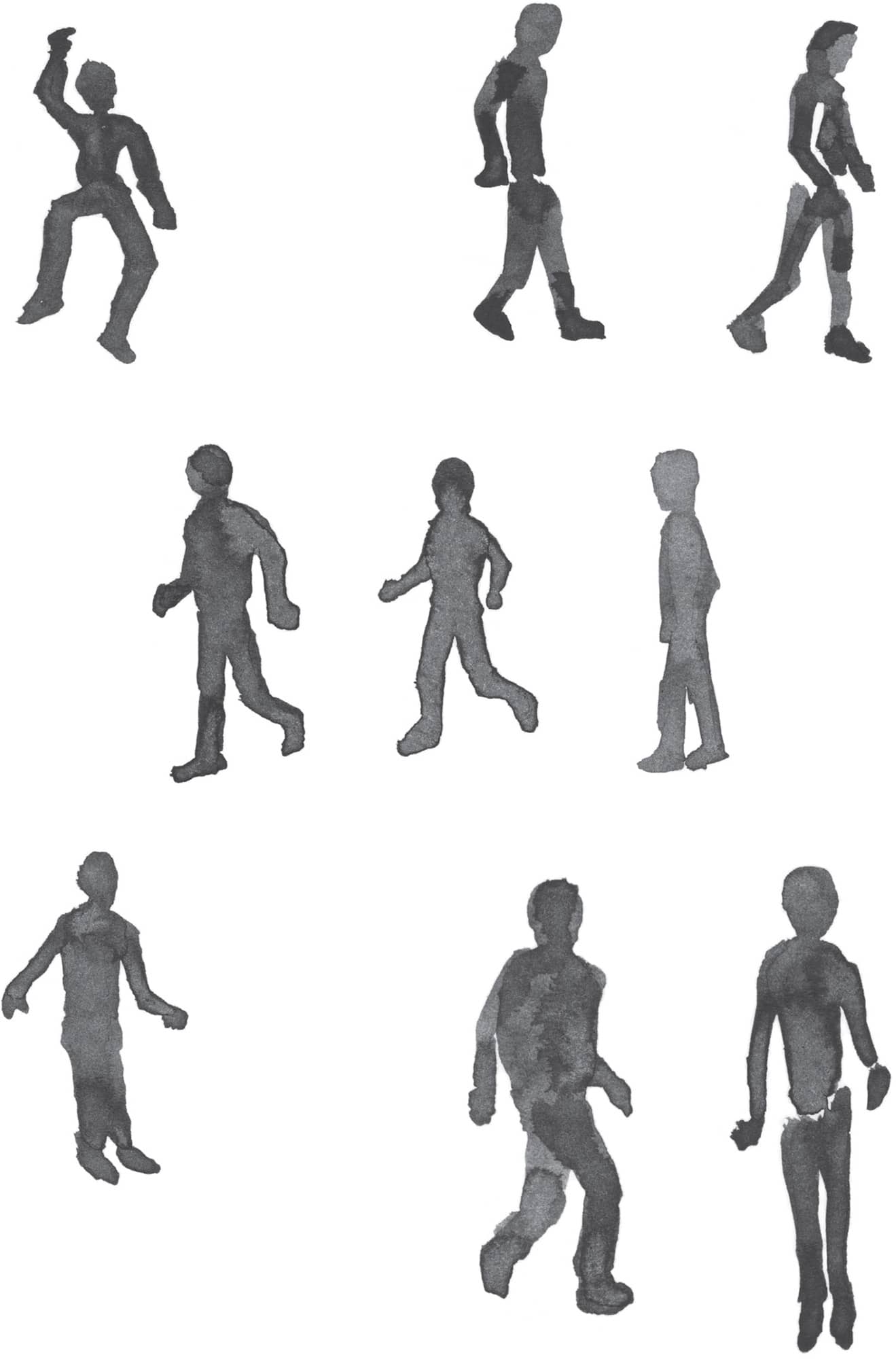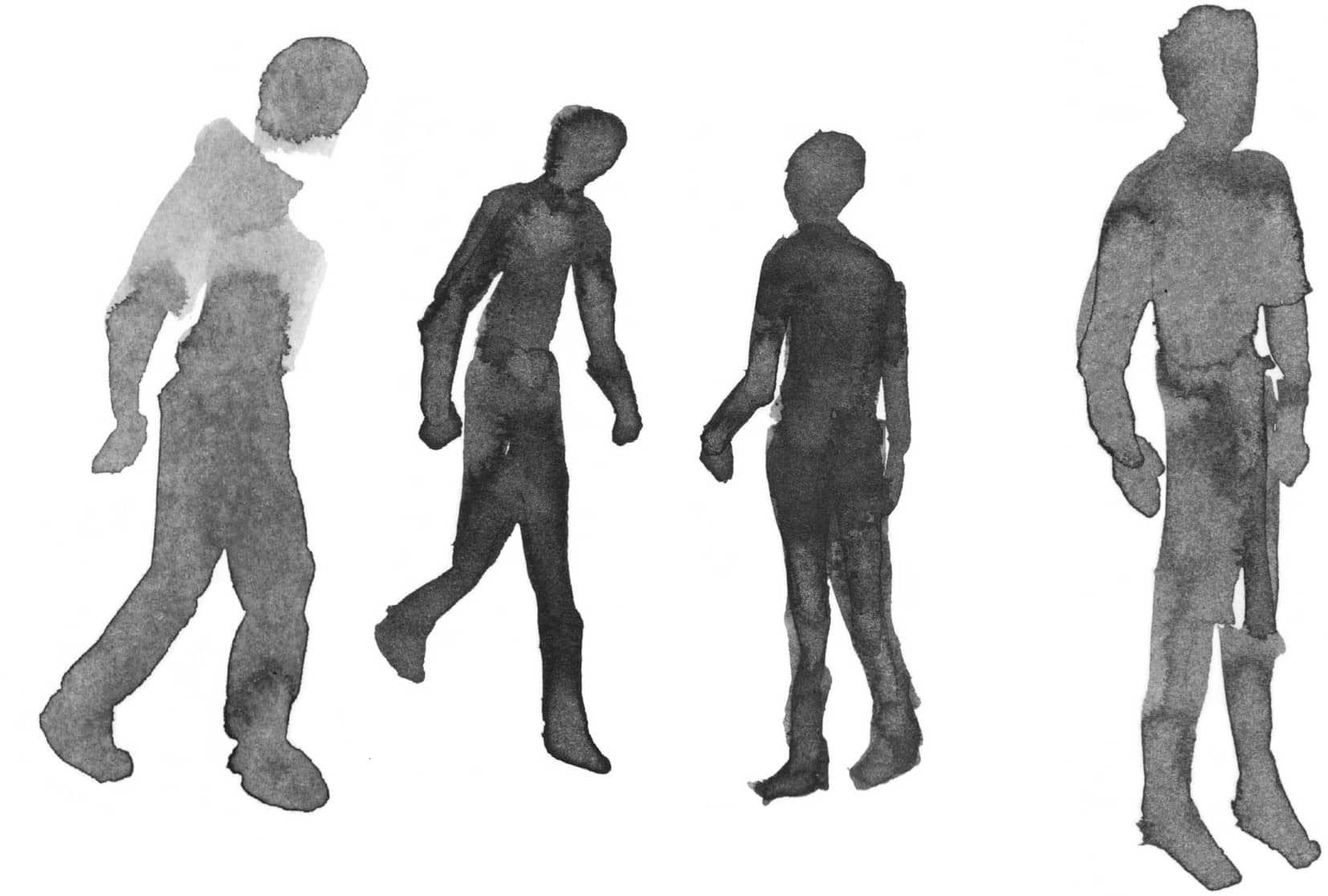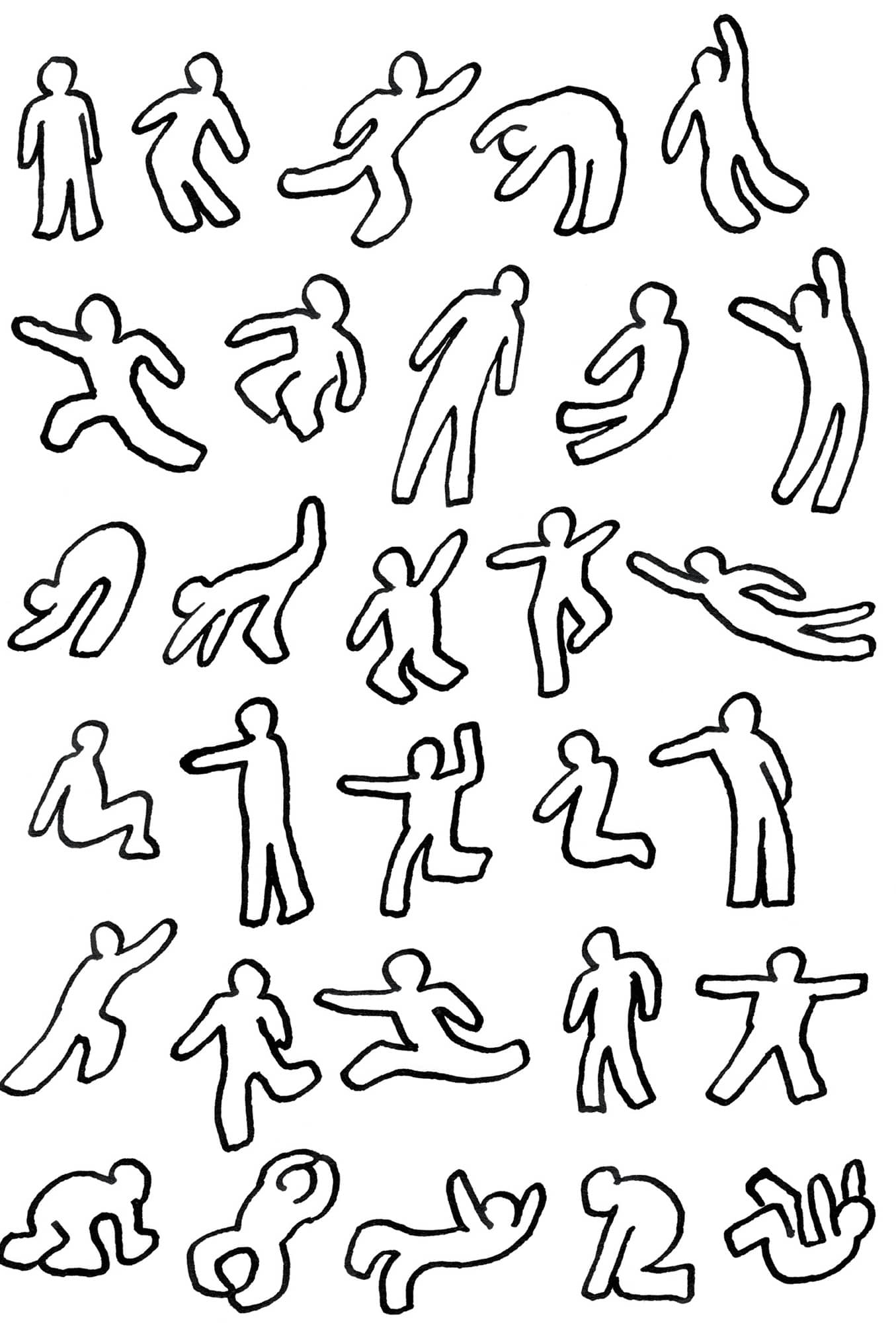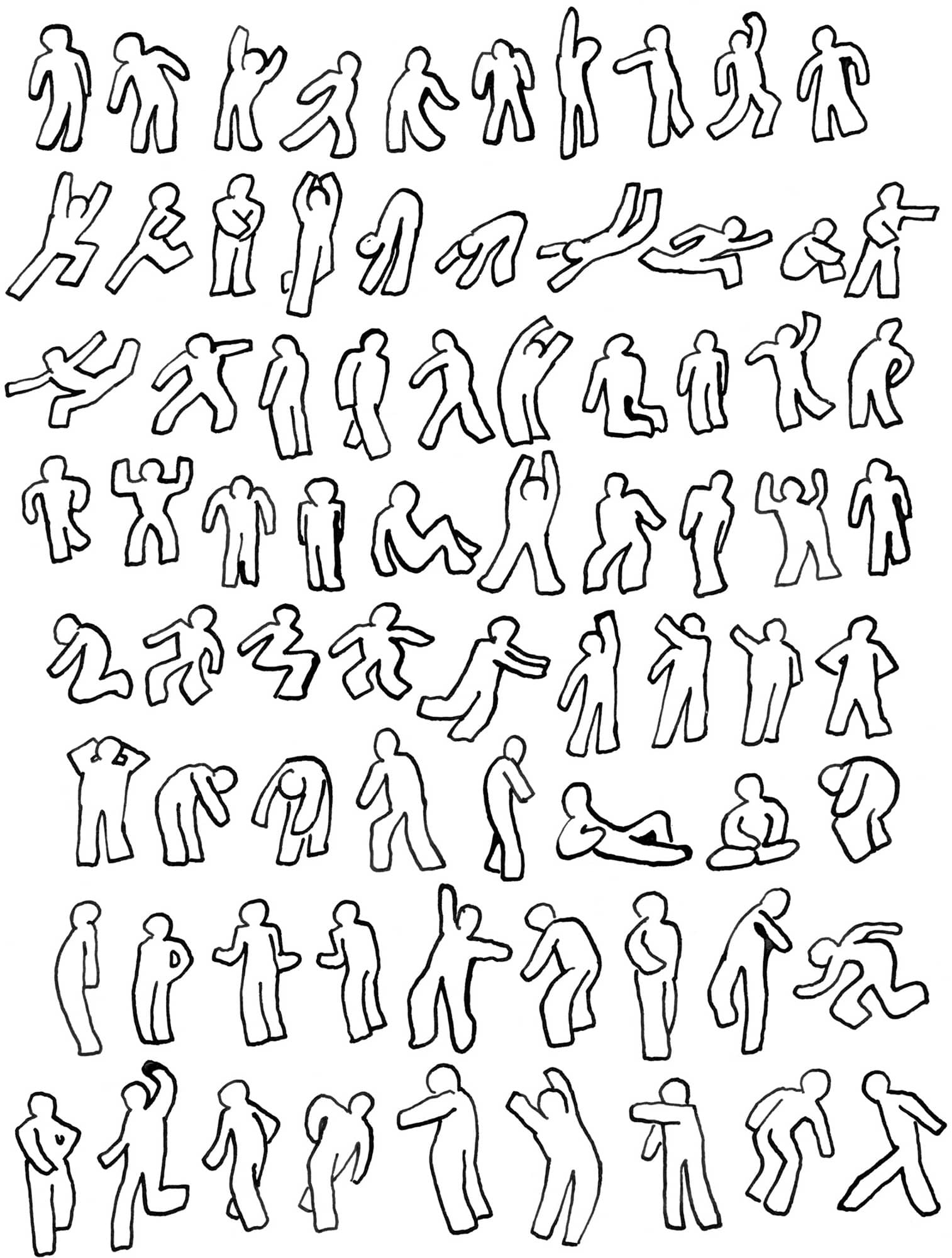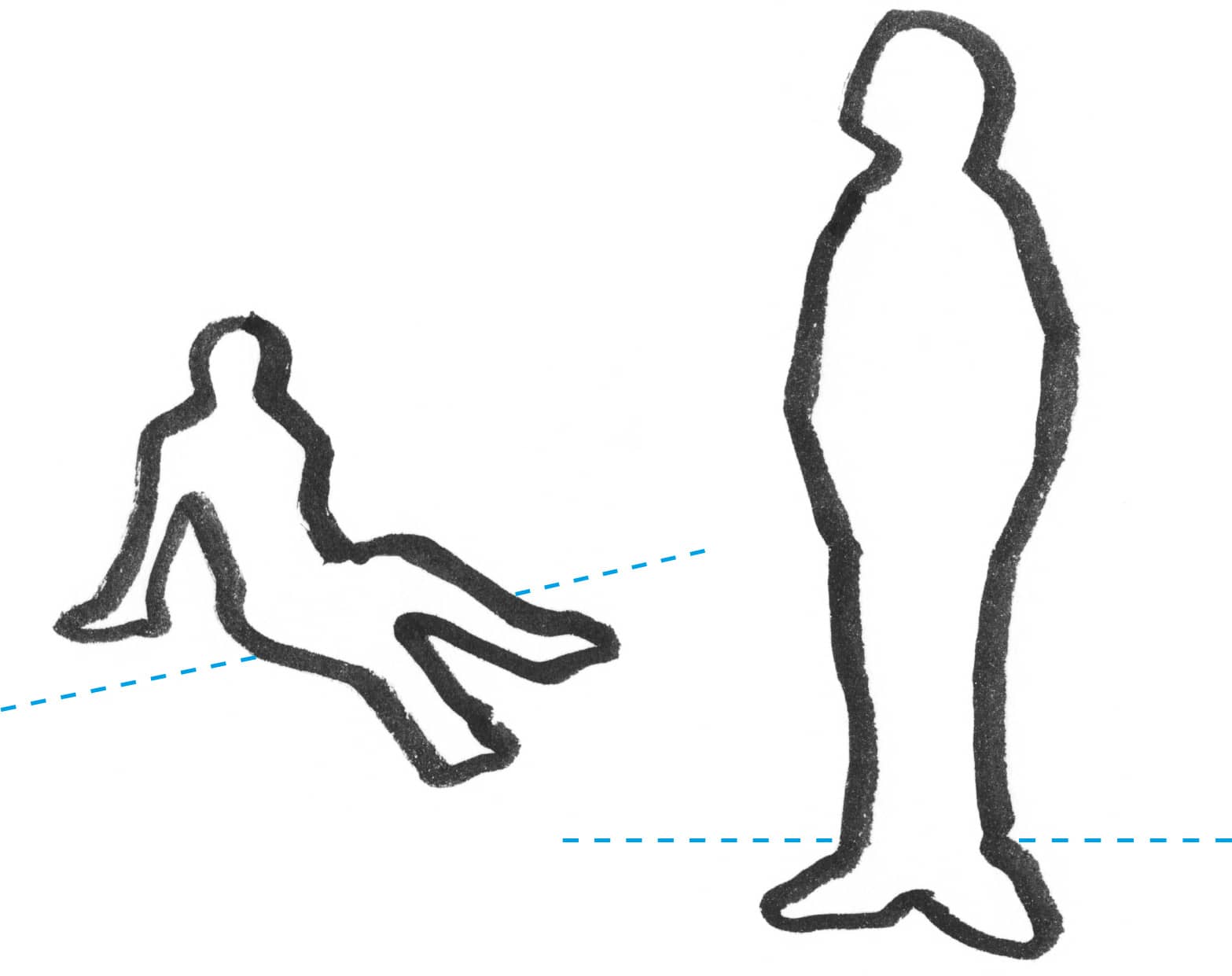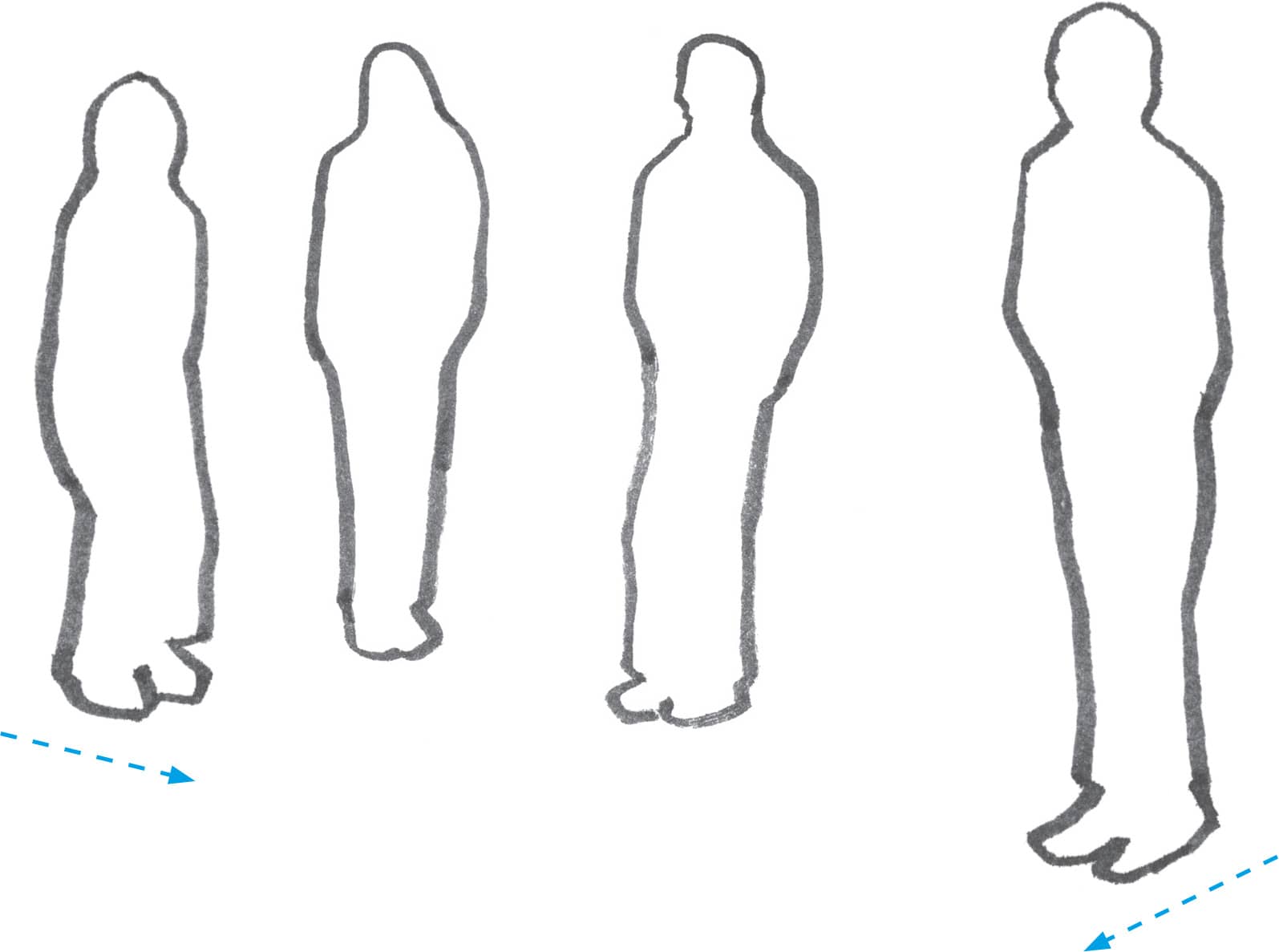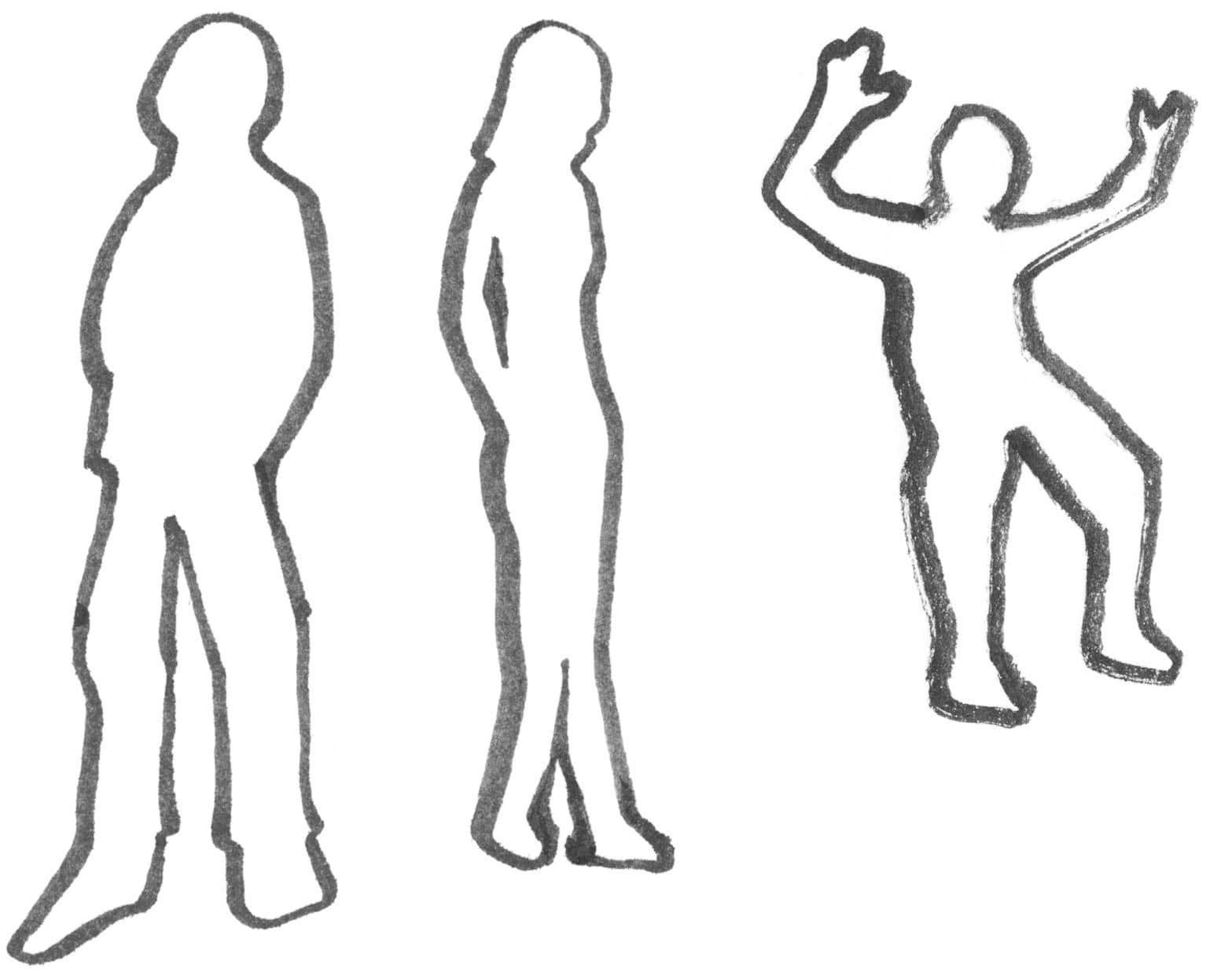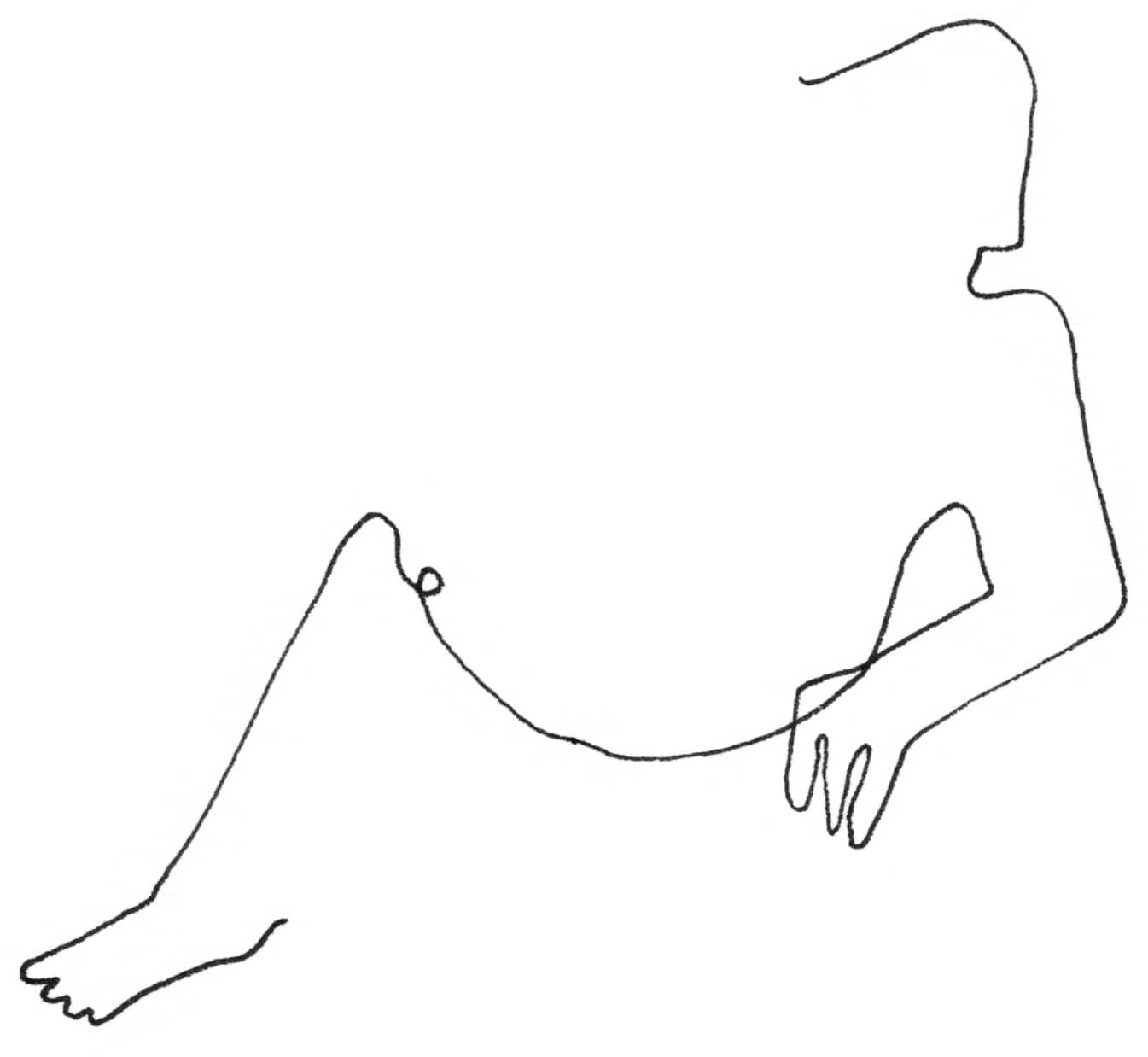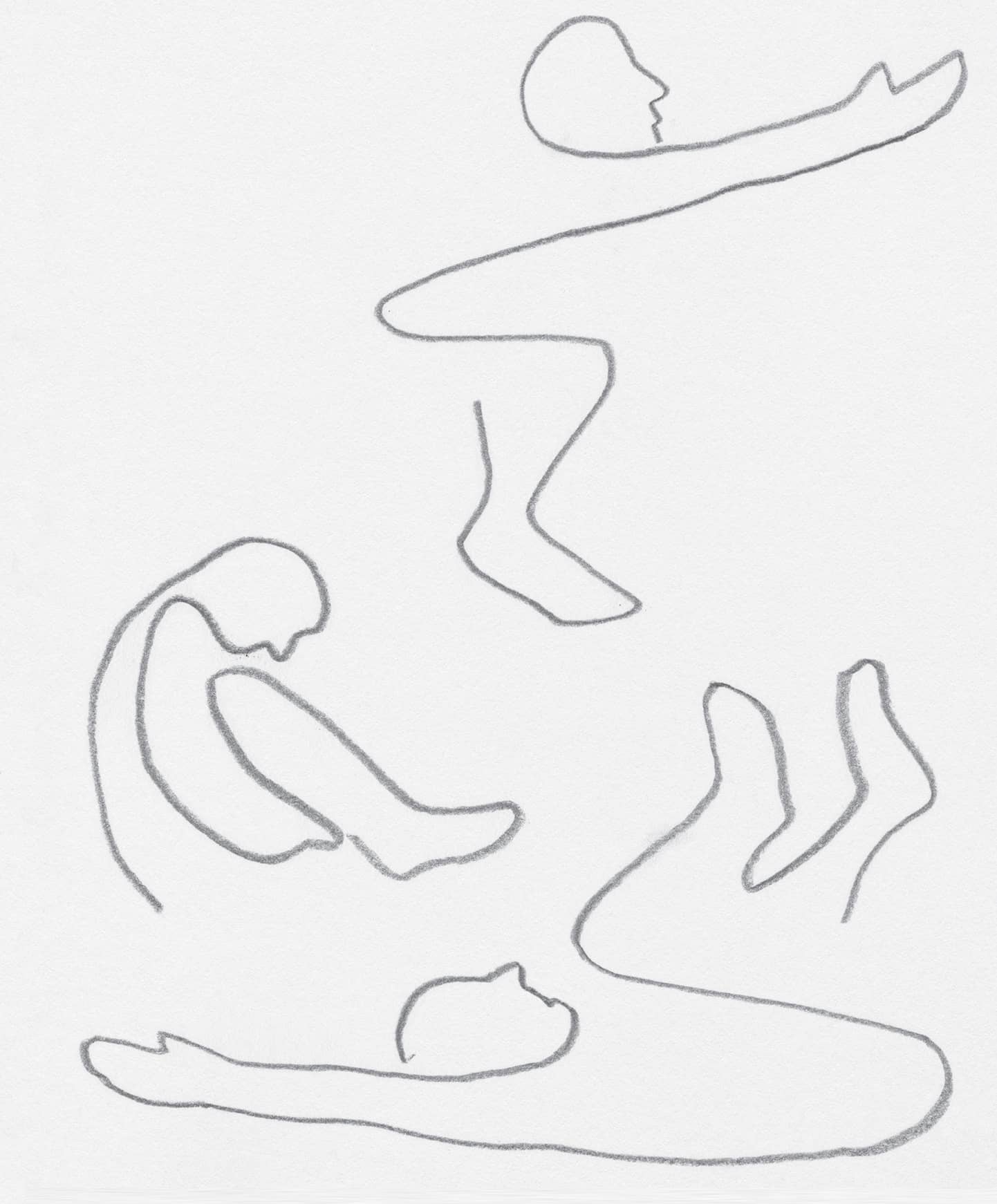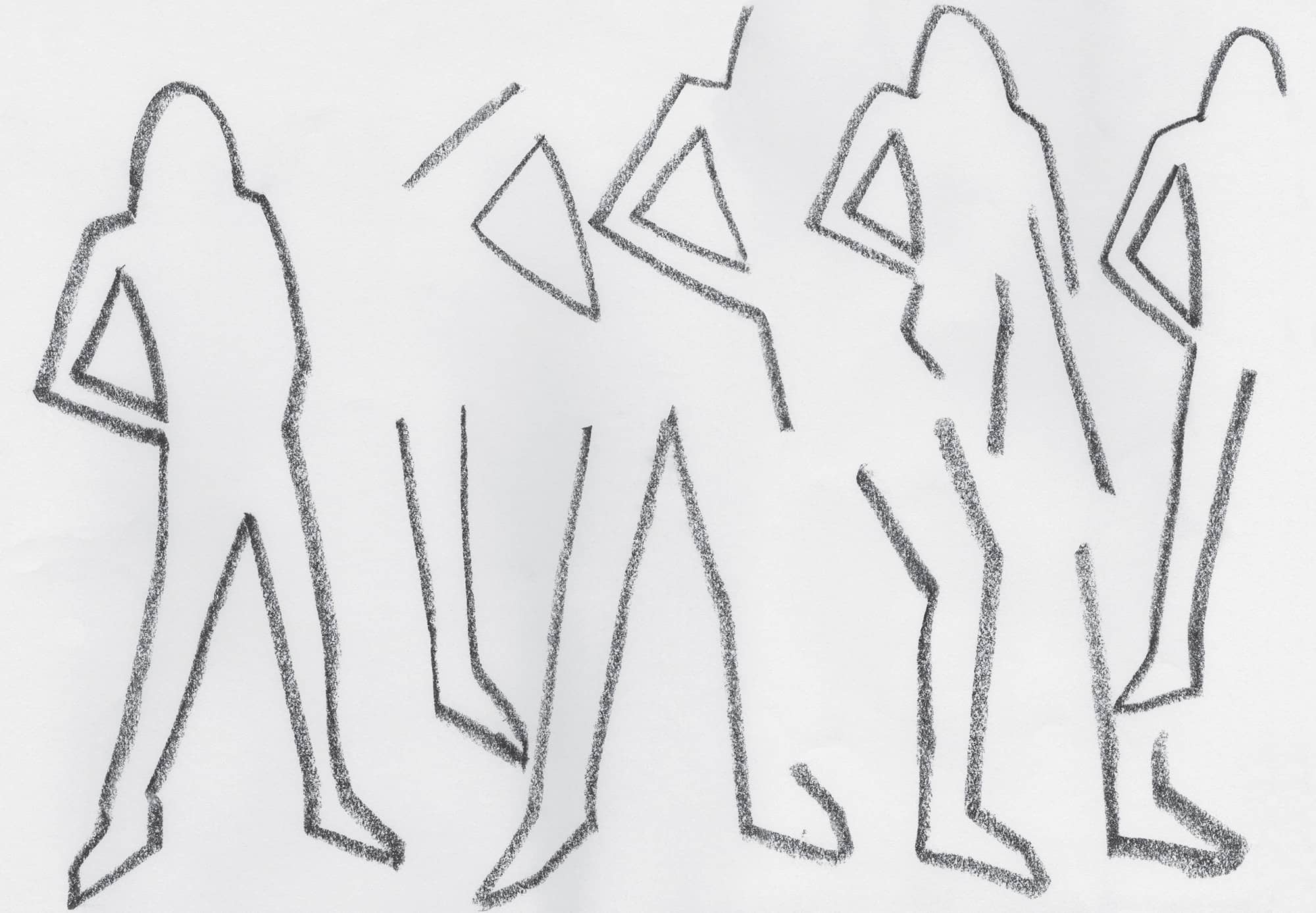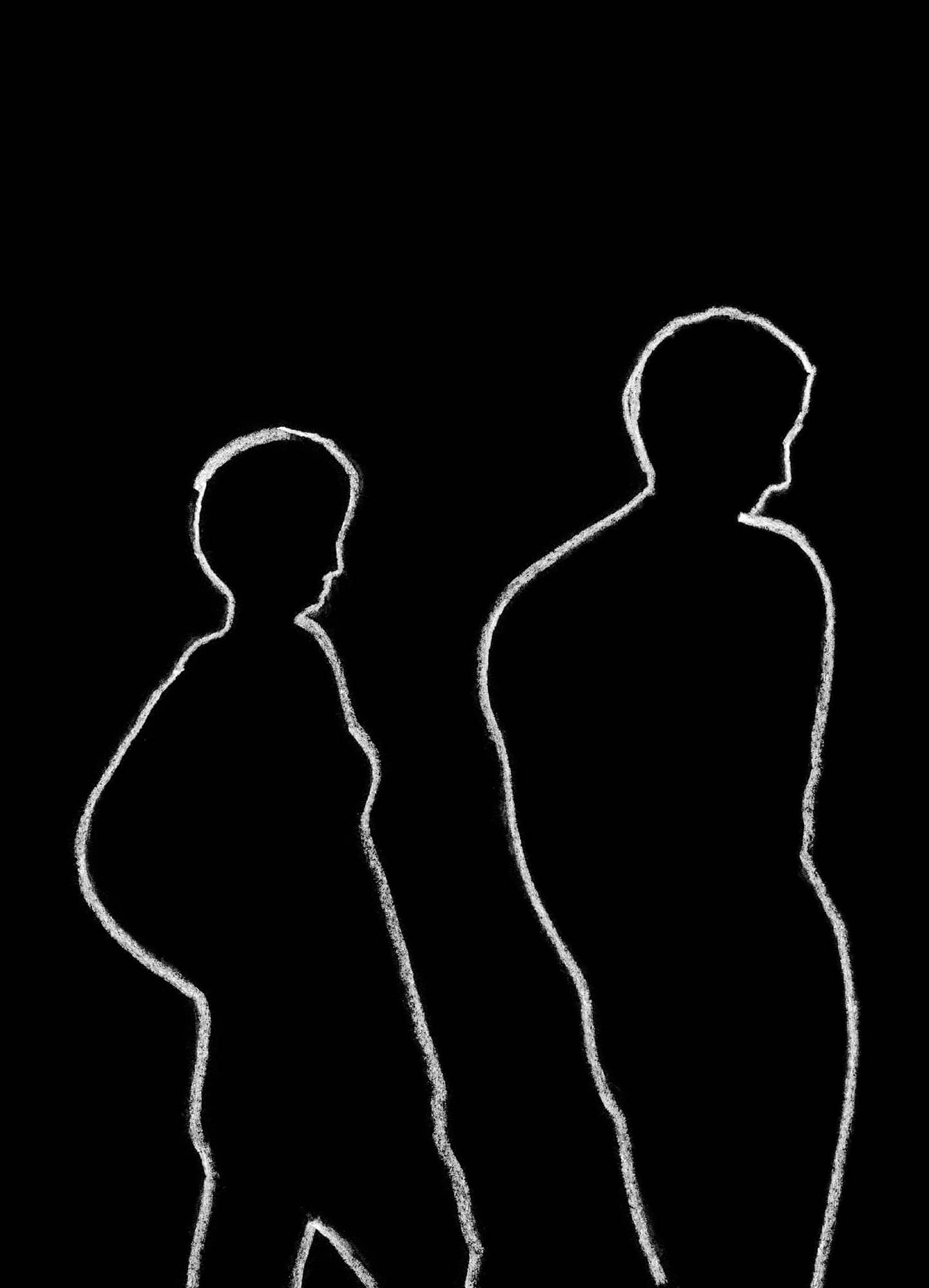Peter Boerboom - Figure Drawing Methods for Artists: Over 130 Methods for Sketching, Drawing, and Artistic Discovery
Here you can read online Peter Boerboom - Figure Drawing Methods for Artists: Over 130 Methods for Sketching, Drawing, and Artistic Discovery full text of the book (entire story) in english for free. Download pdf and epub, get meaning, cover and reviews about this ebook. year: 2017, publisher: Rockport Publishers, genre: Art / Computer. Description of the work, (preface) as well as reviews are available. Best literature library LitArk.com created for fans of good reading and offers a wide selection of genres:
Romance novel
Science fiction
Adventure
Detective
Science
History
Home and family
Prose
Art
Politics
Computer
Non-fiction
Religion
Business
Children
Humor
Choose a favorite category and find really read worthwhile books. Enjoy immersion in the world of imagination, feel the emotions of the characters or learn something new for yourself, make an fascinating discovery.

- Book:Figure Drawing Methods for Artists: Over 130 Methods for Sketching, Drawing, and Artistic Discovery
- Author:
- Publisher:Rockport Publishers
- Genre:
- Year:2017
- Rating:3 / 5
- Favourites:Add to favourites
- Your mark:
Figure Drawing Methods for Artists: Over 130 Methods for Sketching, Drawing, and Artistic Discovery: summary, description and annotation
We offer to read an annotation, description, summary or preface (depends on what the author of the book "Figure Drawing Methods for Artists: Over 130 Methods for Sketching, Drawing, and Artistic Discovery" wrote himself). If you haven't found the necessary information about the book — write in the comments, we will try to find it.
Simple methods teach how to draw figures.
When we try to draw a person, we are quickly confronted with various challenges. The proportions need to be correct, the attitude must be clear and vivid, the face should show resemblance and also be expressive. Such a task takes courage. Yet a little practice and training quickly lead to the ability to draw figures in a wide variety of styles. A figure in a particular posture can be assembled with a few key characteristic strokes. At the center of this collection is not the perfect figure, but the joy of drawing, and how, with simple methods, drawing people is possible: by reducing and reducing to a few lines, using clear contours and simple surfaces, the human figure emerges, constructed and elaborated.
Peter Boerboom: author's other books
Who wrote Figure Drawing Methods for Artists: Over 130 Methods for Sketching, Drawing, and Artistic Discovery? Find out the surname, the name of the author of the book and a list of all author's works by series.

